Explore the meaning of some definitions used in AI.
Artificial Intelligence
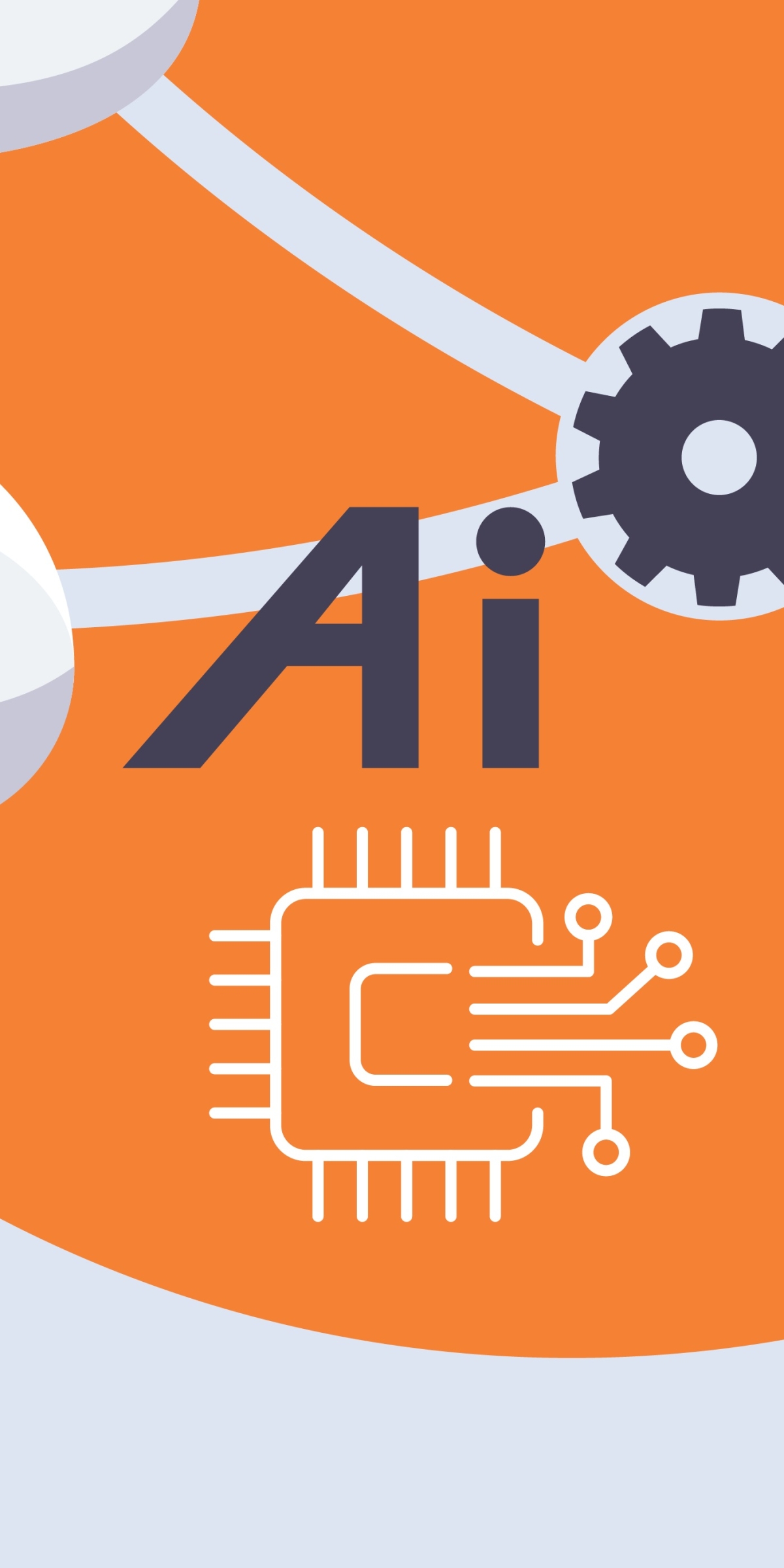
Artificial intelligence (AI) is a broad field of computer science, which includes technologies and systems that can learn and perform complex decision-making processes.
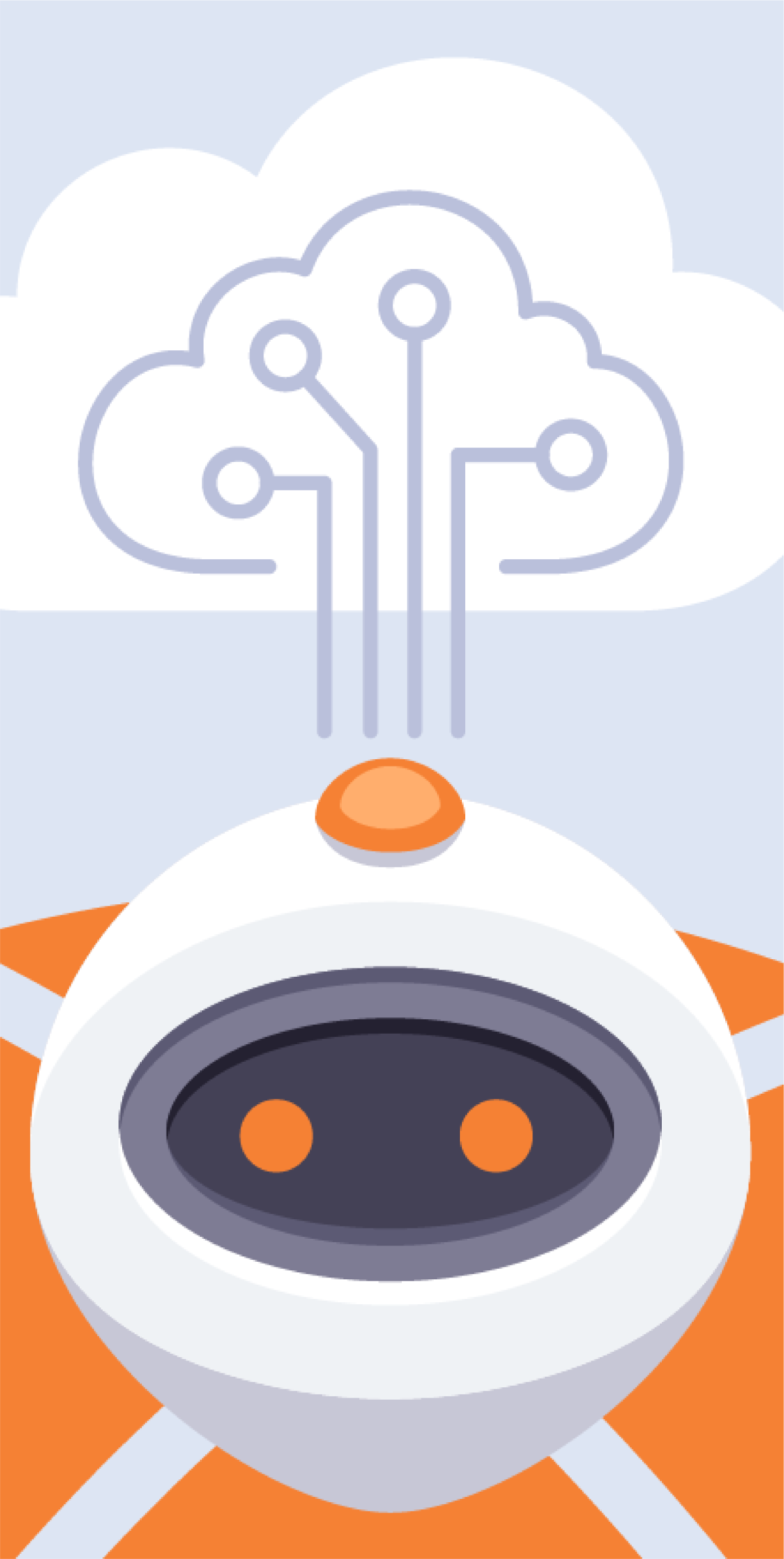
Some AI systems aim to imitate the higher order cognitive capabilities of human intelligence.
These machines are able to process and extract meaningful results from huge data sets.
Artificial Intelligence
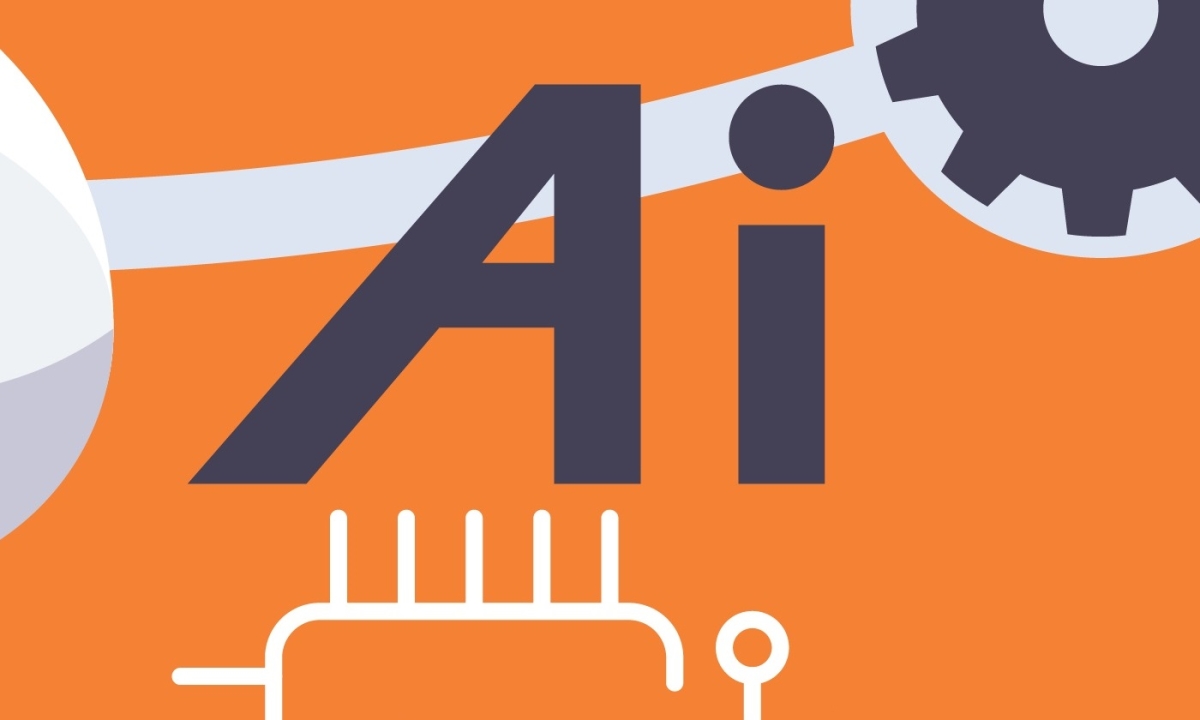
Artificial intelligence (AI) is a broad field of computer science, which includes technologies and systems that can learn and perform complex decision-making processes.
Some AI systems aim to imitate the higher order cognitive capabilities of human intelligence.
These machines are able to process and extract meaningful results from huge data sets.
Data privacy
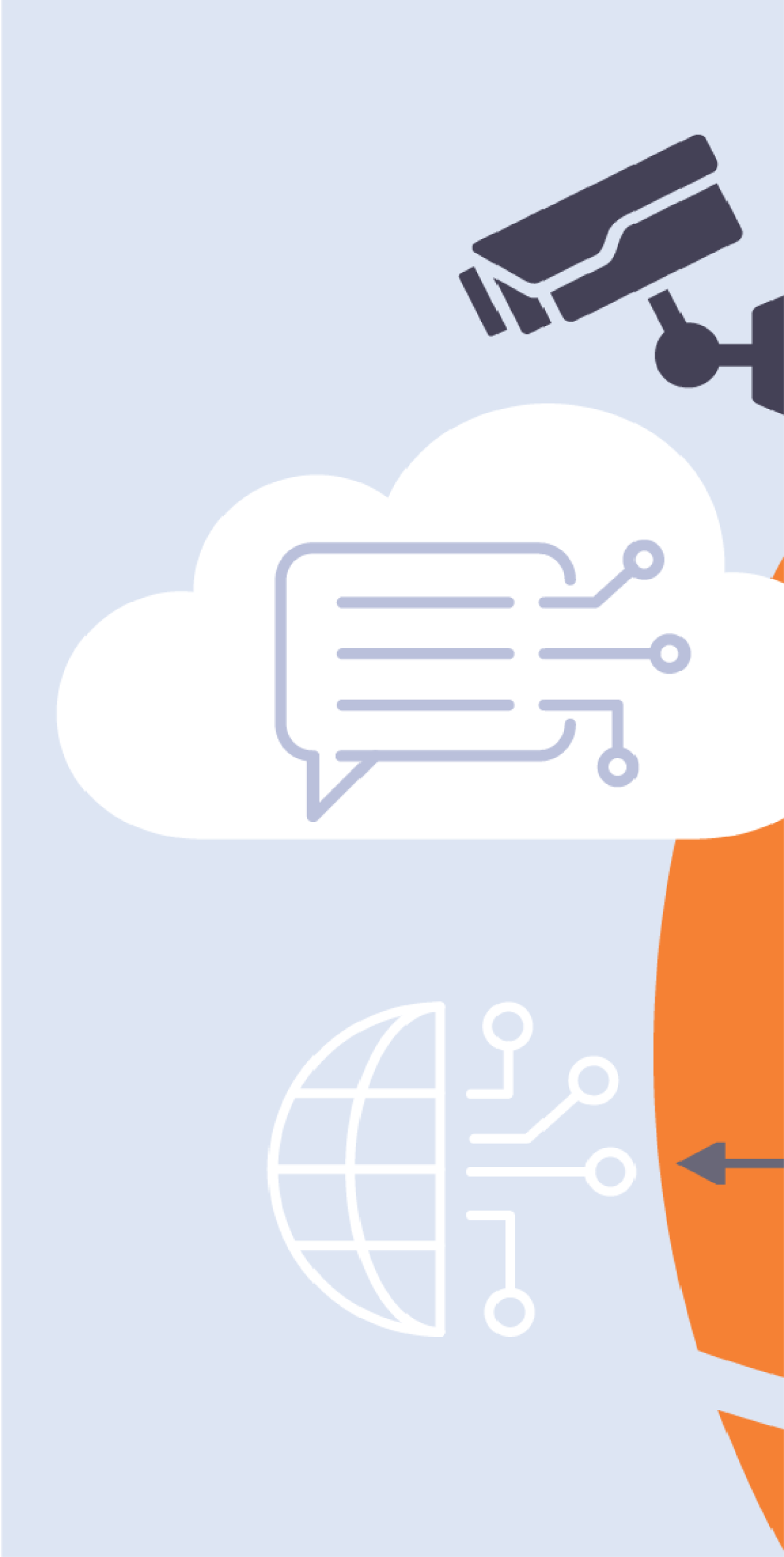
Data privacy refers to the extent to which you allow your personal data to be shared with others.
Personal data includes any information that could be used to identify you, such as your name, home address, ethnicity, gender, phone number, photographs, and any other materials that can be used to distinguish you.

Be thoughtful in what information you choose to share with an AI system, particularly personal, sensitive, and confidential information.
Weigh up the risks when entering data into any system, as the privacy and security of databases can be compromised.
Data privacy
Data privacy refers to the extent to which you allow your personal data to be shared with others.
Personal data includes any information that could be used to identify you, such as your name, home address, ethnicity, gender, phone number, photographs, and any other materials that can be used to distinguish you.
Be thoughtful in what information you choose to share with an AI system, particularly personal, sensitive, and confidential information.
Weigh up the risks when entering data into any system, as the privacy and security of databases can be compromised.
Generative AI
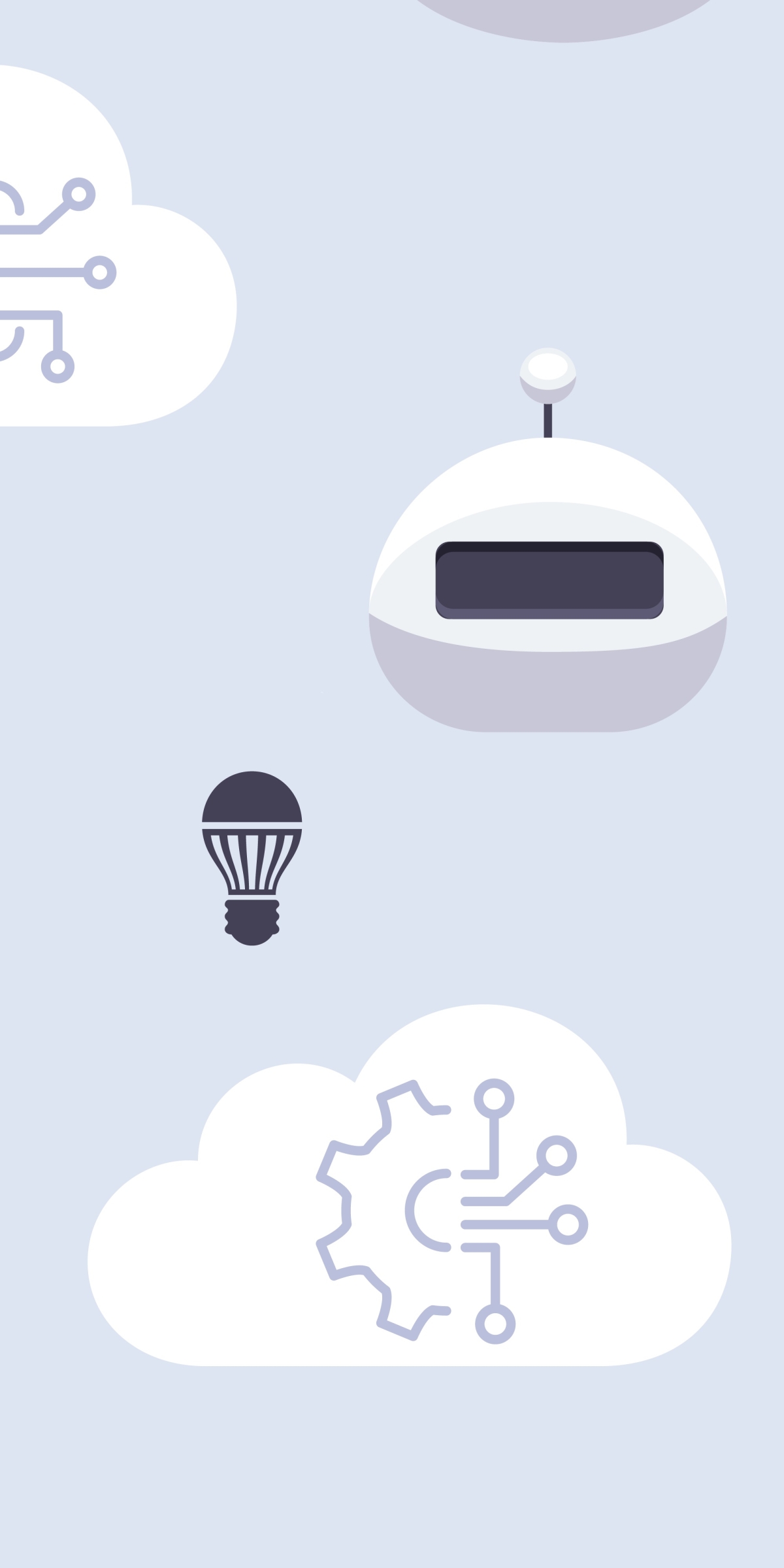
Generative AI is a form of AI that creates new material (such as text or images) based on large data sets and user inputs or prompts.
It can give unique responses in a human-like manner based on information it is given.

Generative AI chatbots, such as Google Bard and ChatGPT, allow users to interact with a variety of data sets in a conversational manner to obtain information.
However, it's not always clear which datasets the information is coming from and you shouldn't blindly trust the output. It's a good idea to check the output by consulting a credible independent source.
Generative AI
Generative AI is a form of AI that creates new material (such as text or images) based on large data sets and user inputs or prompts.
It can give unique responses in a human-like manner based on information it is given.
Generative AI chatbots, such as Google Bard and ChatGPT, allow users to interact with a variety of data sets in a conversational manner to obtain information.
However, it's not always clear which datasets the information is coming from and you shouldn't blindly trust the output. It's a good idea to check the output by consulting a credible independent source.
Hallucinations

A hallucination is a confident but factually incorrect output from an AI system.
Like human hallucinations, where we perceive an experience that turns out to only exist inside of our minds.
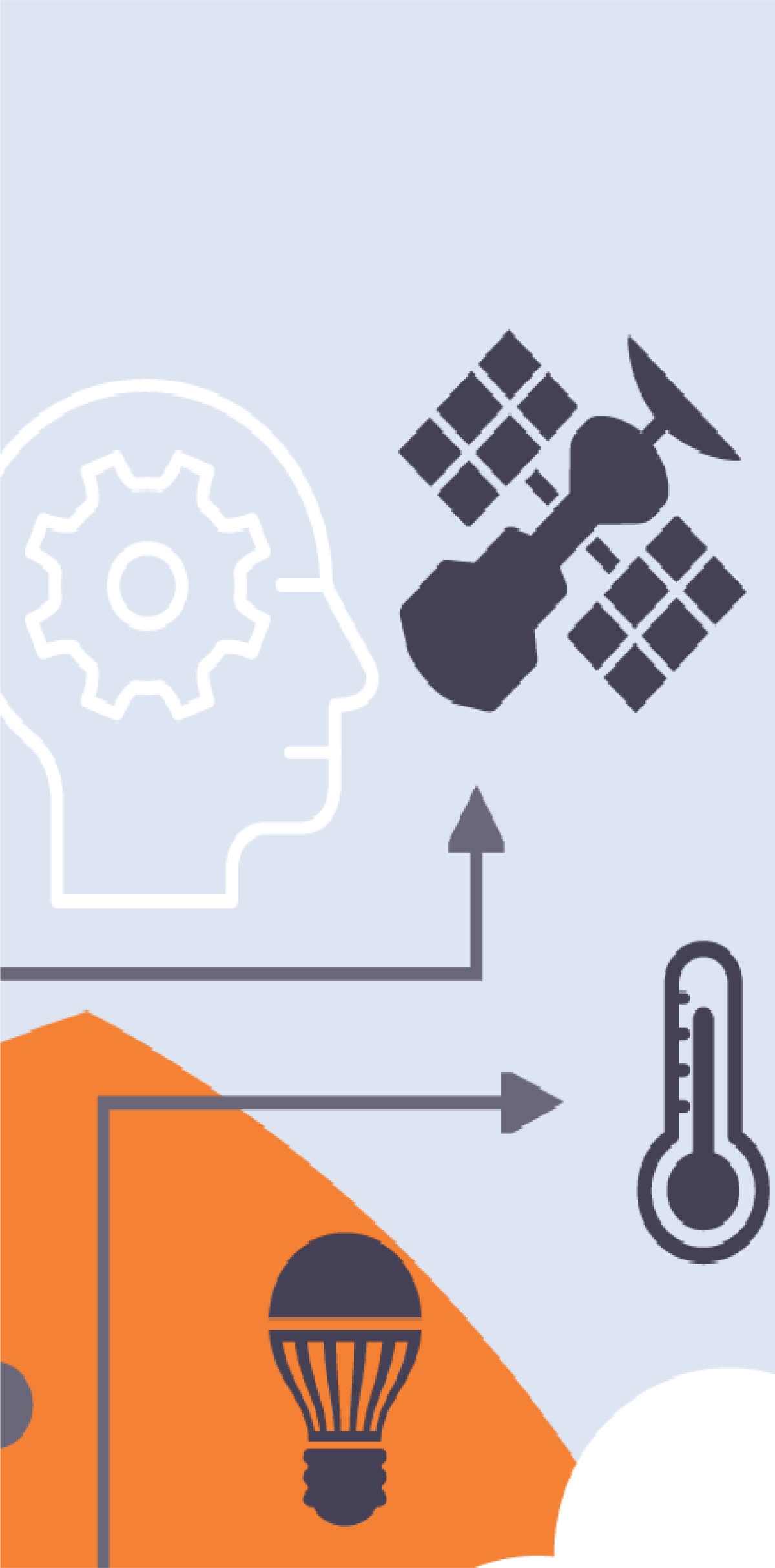
Hallucinations occur in AI for many reasons, including:
- AI training data that is outdated or inaccurate
- Biases engrained in the way the system encodes knowledge
As a result, the system may learn incorrect patterns and form conclusions that are not realistic or skewed.
Hallucinations
A hallucination is a confident but factually incorrect output from an AI system.
Like human hallucinations, where we perceive an experience that turns out to only exist inside of our minds.
Hallucinations occur in AI for many reasons, including:
- AI training data that is outdated or inaccurate
- Biases engrained in the way the system encodes knowledge
As a result, the system may learn incorrect patterns and form conclusions that are not realistic or skewed.
Intellectual property
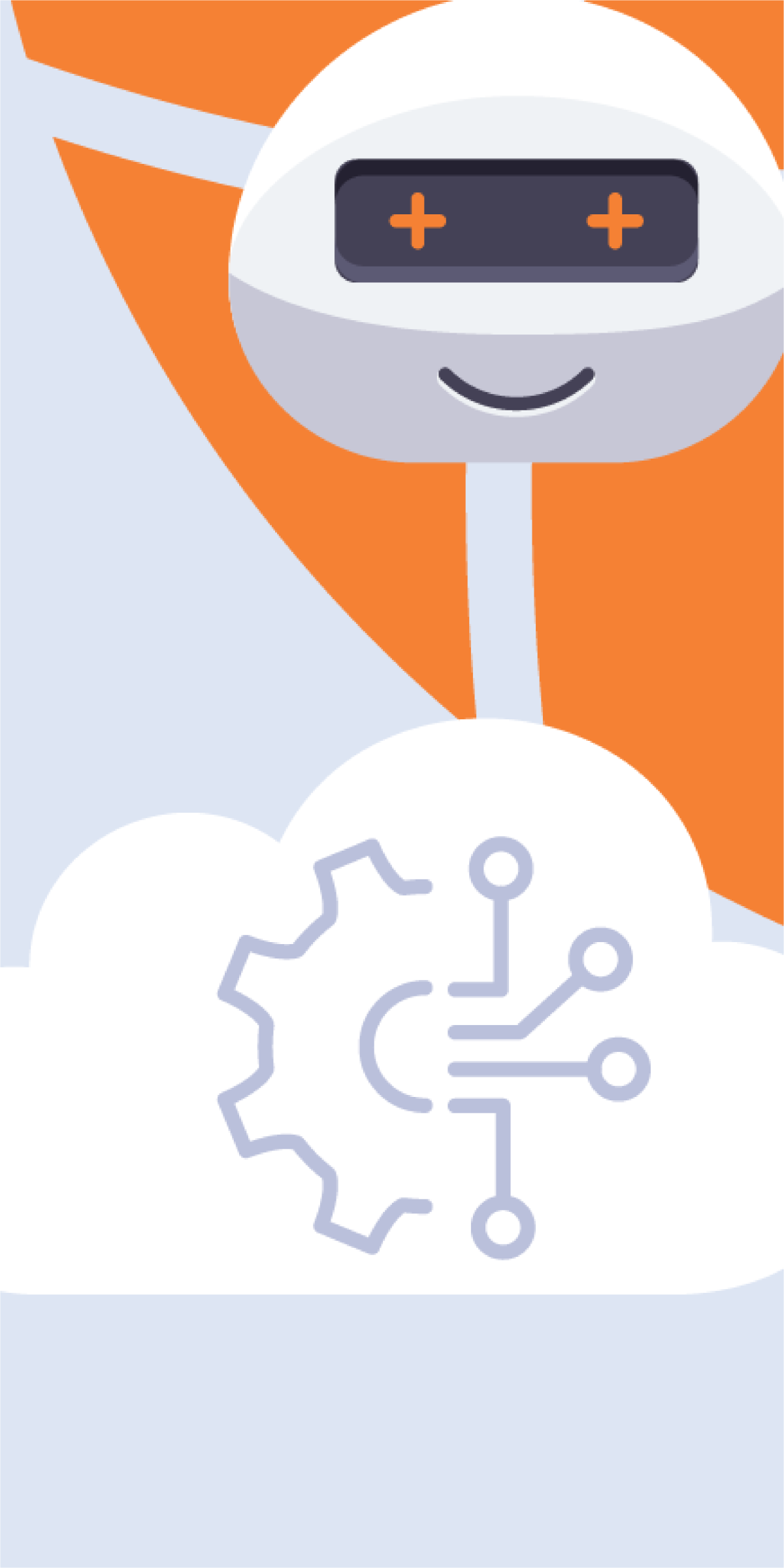
Intellectual property is an intangible (non-physical) asset that is created by human intellect. For instance, an invention, song, story, design etc.
There are laws, copyrights and trademarks to protect people’s intellectual property (IP), to prevent others from using it without permission.
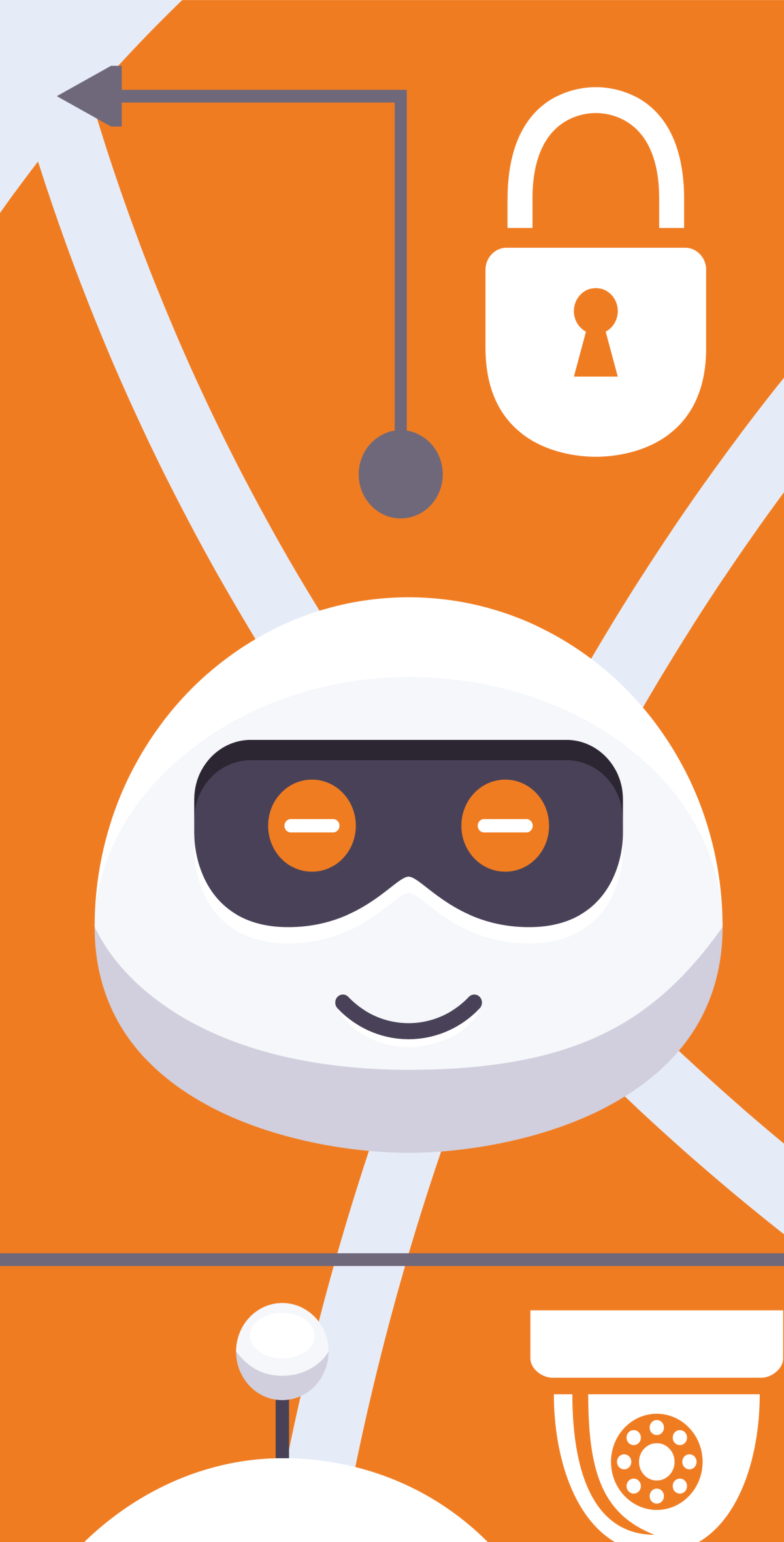
AI-produced work raises serious and challenging questions on IP matters.
For example, who owns the output of generative AI?
The rules and laws over intellectual property will need to adapt as human interactions with AI evolve.
Intellectual property
Intellectual property is an intangible (non-physical) asset that is created by human intellect. For instance, an invention, song, story, design etc.
There are laws, copyrights and trademarks to protect people’s intellectual property (IP), to prevent others from using it without permission.
AI-produced work raises serious and challenging questions on IP matters.
For example, who owns the output of generative AI?
The rules and laws over intellectual property will need to adapt as human interactions with AI evolve.
Traceability
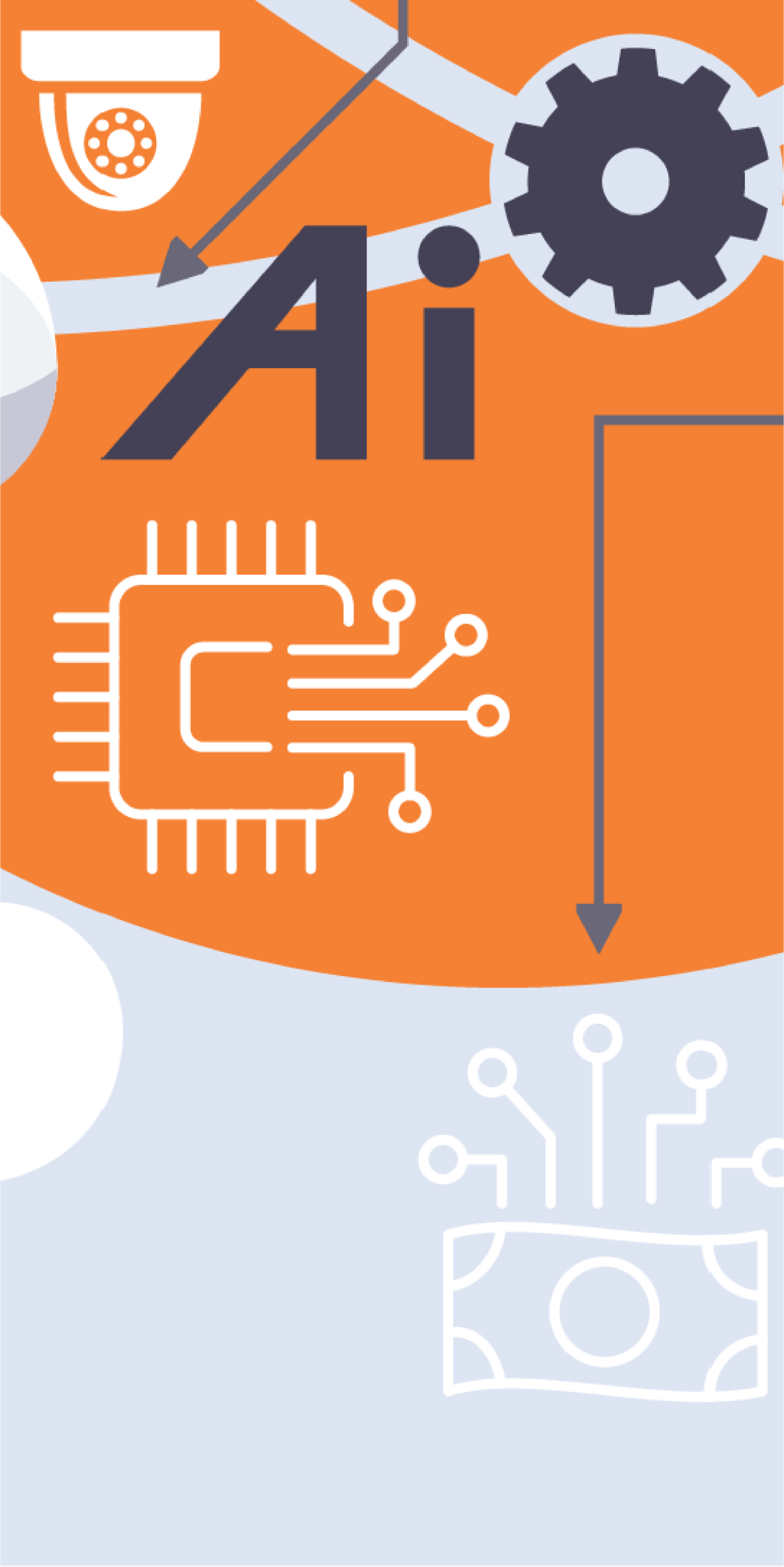
Traceability, in the context of generative AI, refers to the ability to retrieve and follow-up on the source details from which an AI system produces an output.
Such AI systems draw upon training data and other databases to construct an answer to the input query. The publishing details are often irretrievable from the AI’s response.
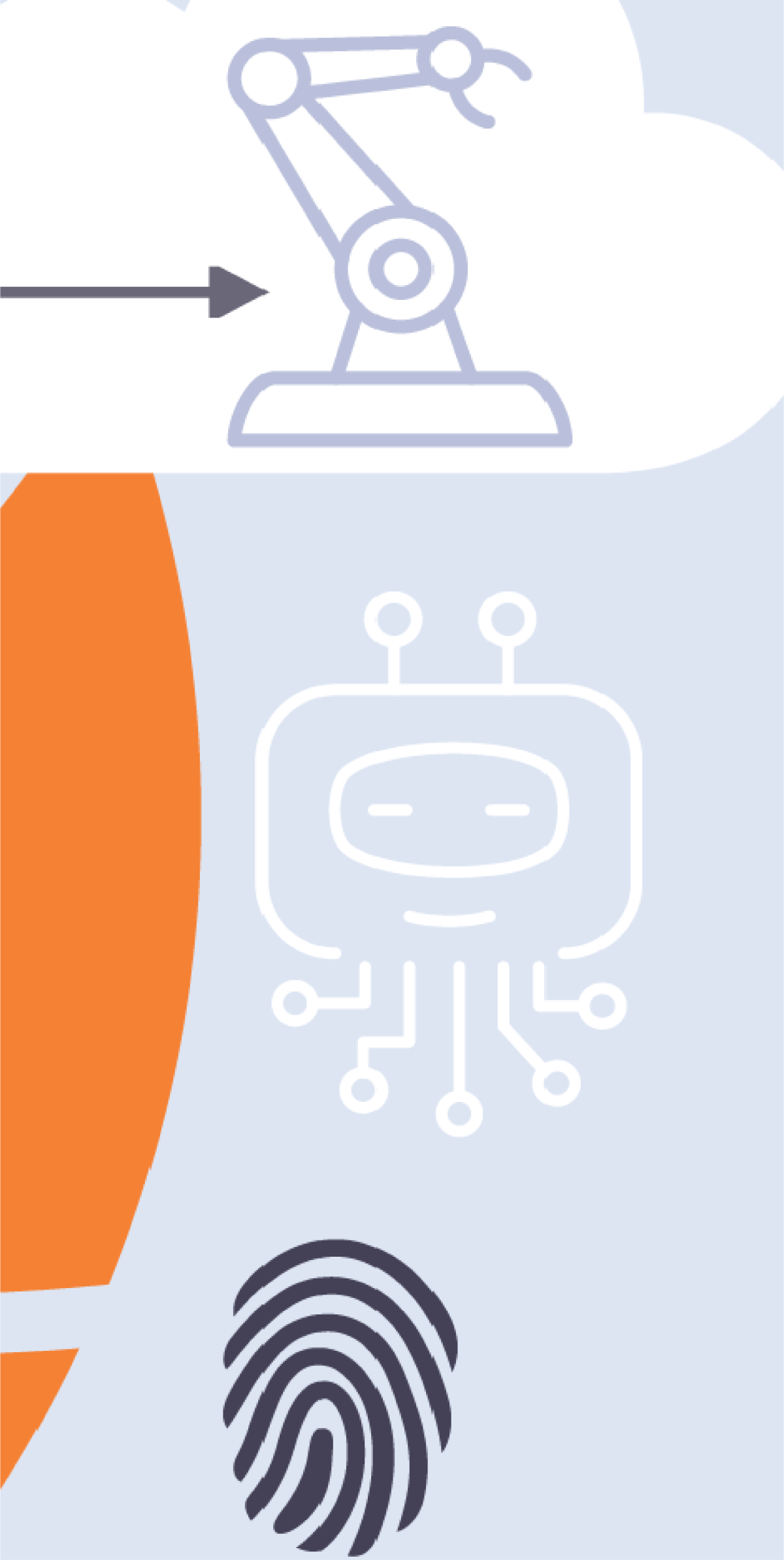
This means you are unable to verify whether the text from the AI system is from untrustworthy sites that your college/university might not permit.
For example, wikis, where any user can edit information without it being verified.
Traceability
Traceability, in the context of generative AI, refers to the ability to retrieve and follow-up on the source details from which an AI system produces an output.
Such AI systems draw upon training data and other databases to construct an answer to the input query. The publishing details are often irretrievable from the AI’s response.
This means you are unable to verify whether the text from the AI system is from untrustworthy sites that your college/university might not permit.
For example, wikis, where any user can edit information without it being verified.
Help us add to our glossary!
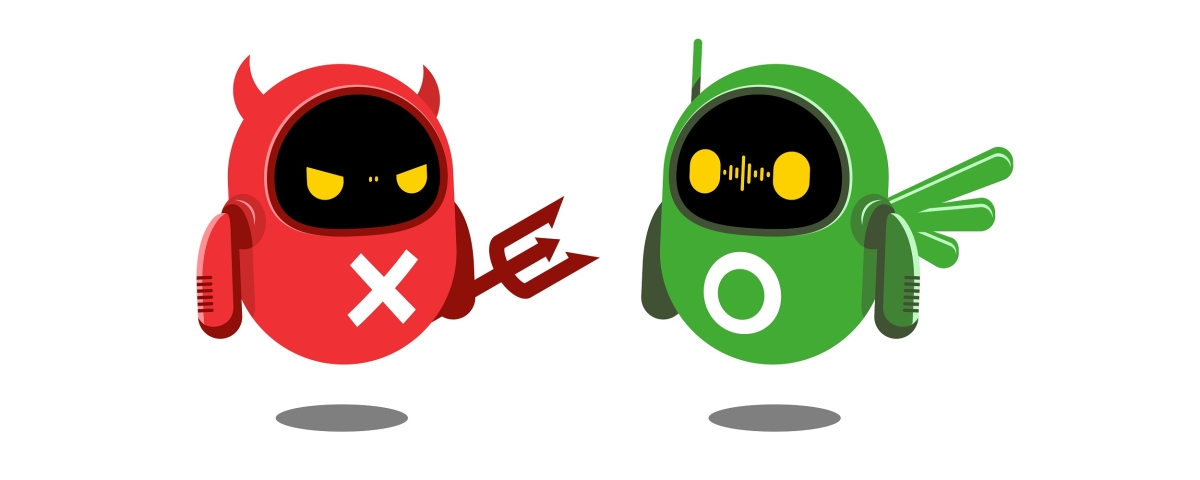
Have you come across any other AI terms that we haven't covered?
Share with us any definitions or topics that you would like to understand more about here: Your thoughts on AI



